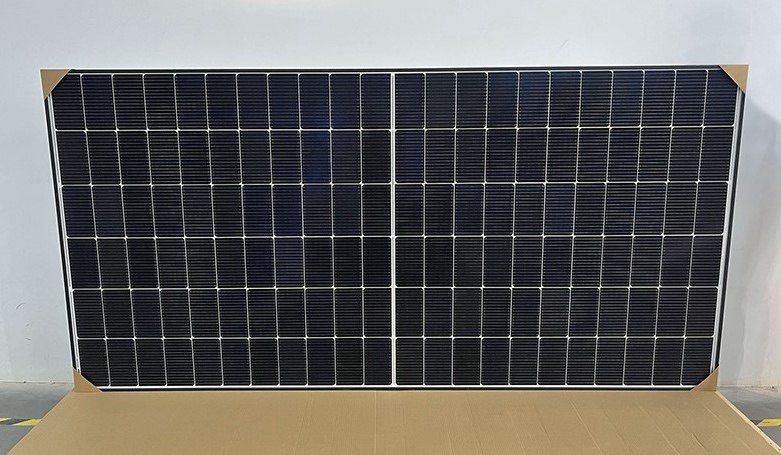From CleanTechnica: In a new paper published February 26 in the journal Nature Energy, a CU Boulder researcher and his international collaborators unveiled an innovative method to manufacture the new solar cells, known as perovskite cells, an achievement critical for the commercialization of…
Comments closedhere for the sunshine shenanigans

